A smart contract is simply a business logic which is stored in Blockchain. The Business logic is set between the stake holder who are part of the eco system. Based on the predefined condition the data are stored store and retrieve from Blockchain. A smart contract immutably executes its code in response to a specific blockchain write/read event.
Smart contract audits are typically required because the majority of these contracts deal with money or other important assets. A smart contract audit does not guarantee that the contract will be free of faults or vulnerabilities. However, having been reviewed by a computer professional, it ensures that the smart contract is secure.
Process Involved in Smart Contract Audit
Documentation: The first step of an audit is to gather all relevant documentation This includes the white paper, codebase, and any other material related to the smart contract. Through reading the design documentation, the auditor can gain a high-level understanding of the blockchain application.
Without access to documentation, the auditors will have no way of knowing what the smart contract is designed to do. Documentation, including a full specification for the project, is essential to the auditing process. For auditors to see the code working as intended, they must know what you want the code to achieve.
In this stage, the developers and auditors must agree on a code freeze. No more code will be written, or the contract audit will not consider any code written after that point.
Estimation: Give a preliminary estimate depending on the scope of the work, Considering business complexity, business domain and customer demand.
Testing: Once the auditor has a good understanding of the code and the application, they will run automated tests with various tools. This is by far the easiest way to detect potential issues. The auditors will take a range of steps, including integration tests exploring large amounts of code, unit tests looking at individual functions, and penetration testing to probe for security vulnerabilities.
Line coverage is a great way to measure how well the tests cover the code. High line coverage indicates that the tests are doing a good job of exploring all of the lines of code in the application. After the automated tests are complete, the auditor will move on to manual testing.
Review of Code: Even though automated tests can identify possible vulnerabilities in the code, they cannot understand what a blockchain developer is trying to achieve with their application. They also can turn up false negatives. This shows why a manual review of the code is essential. By reading the code and understanding how everything fits together, auditors identify potential issues that automated tests miss. When an audit team analyzes the code, they can refer back to the project specification and any other supporting documentation to see whether the code performs as it should. A mixture of manual and automated testing is vital to ensuring nothing slips through the cracks.
Resolve issues: Once the auditor has found issues in the code, they will work with the project team to resolve them. This process can be long and difficult, but it is essential to the success of the project. By resolving all issues, you can ensure that your smart contracts are ready for deployment. When it comes to blockchain applications, security is of utmost importance. That’s why it’s essential to have a team of experienced auditors help identify and mitigate potential issues with your code. Before beginning the deployment process, make sure that you have allowed enough time for a full security audit.
Audit report: Once the audit is complete, the auditor will provide a report detailing their findings. This report will be a valuable resource for the project team and anyone else involved in the application. It will help to identify any potential issues that may have been missed and provide a roadmap for resolving them.
Types of Smart Contracts Audit
External Auditing
External auditing refers to the process of outsourcing smart contract audits to a third party unconnected to project development. External auditing adds an additional dimension to your smart contract. The external audit team is a qualified group of security professionals who provide an independent assessment of your project. Also, hiring an outsider is often cost-effective rather than keeping a team of security professionals.
Internal Auditing
A team of internal security experts will examine projects for vulnerabilities as part of internal audits. Undoubtedly, this could be the initial line of evaluation for your project. A periodic audit can be conducted without advance planning, unlike an external audit. However, keeping an entire staff of security specialists in-house might be expensive.
Benefits of Smart Contract Audit
- Reduce Costly Mistakes
In addition to assisting in the elimination of any bugs in the code, auditing code earlier in the development life cycle helps you avoid financial loss after deployment.
- Avoid security attacks
When developing scripts or updating them, auditing helps to keep a watch on any security issue that smart contract writers mistakenly left. - Enhanced Ownership
A smart contract security audit examines all the factors to assist prevent its execution so that only the smart contract owner and not hackers may carry out the contracts. - Analytical Reports
The auditor offers a comprehensive description of the smart contracts, including vulnerabilities and other flaws in the code, to assist developers in fixing them. - Expert Opinion
The auditors carefully analyze your code to discover any potential security problems in the smart contract. Also, they will assist you improve them by giving suggestions and recommendations for that particular problem and areas of improvement. - Continuous Security Assessment
The auditing method will assist you in routinely checking your smart contract’s weak points and maintaining its security. Regular security audits will assist you in improving the performance and security of your smart contracts.
The Most Recent News of Smart Contract Audit
- Smart contract audits: One of the most important checks for new DeFi projects. https://www.cnbctv18.com/cryptocurrency/defi-smart-contract-audits-one-of-the-most-important-checks-for-new-projects-15004321.htm
The last thing you should do on your smart contracts before getting into business is “Auditing” - Smart Contract Security Audits Are Commonly Used to Reveal the State of a Project’s: Blockchain Security, Efficiency and Optimization
https://www.latestly.com/socially/technology/smart-contract-security-audits-are-commonly-used-to-reveal-the-state-of-a-projects-latest-tweet-by-binance-coin-4601451.html - Ethereum Secures the Smart Contract with Security Audit Solutions
https://thenewscrypto.com/ethereum-secures-the-smart-contract-with-security-audit-solutions/
Conclusion
A smart contract audit can be approached in a variety of ways, but the outcome is always the same. The contract’s efficiency and lack of bugs and security flaws should be its ultimate goals. The best method to take control of your company’s security is to do a smart contract audit. You can use it to find possible weak points and take action to safeguard your company going forward. At first, the procedure could seem overwhelming, but with these suggestions, it should get simpler. A smart contract must undergo an audit to guarantee both its security and functionality. Knowing the fundamentals of auditing a smart contract will help you preserve your investment and steer clear of any problems.


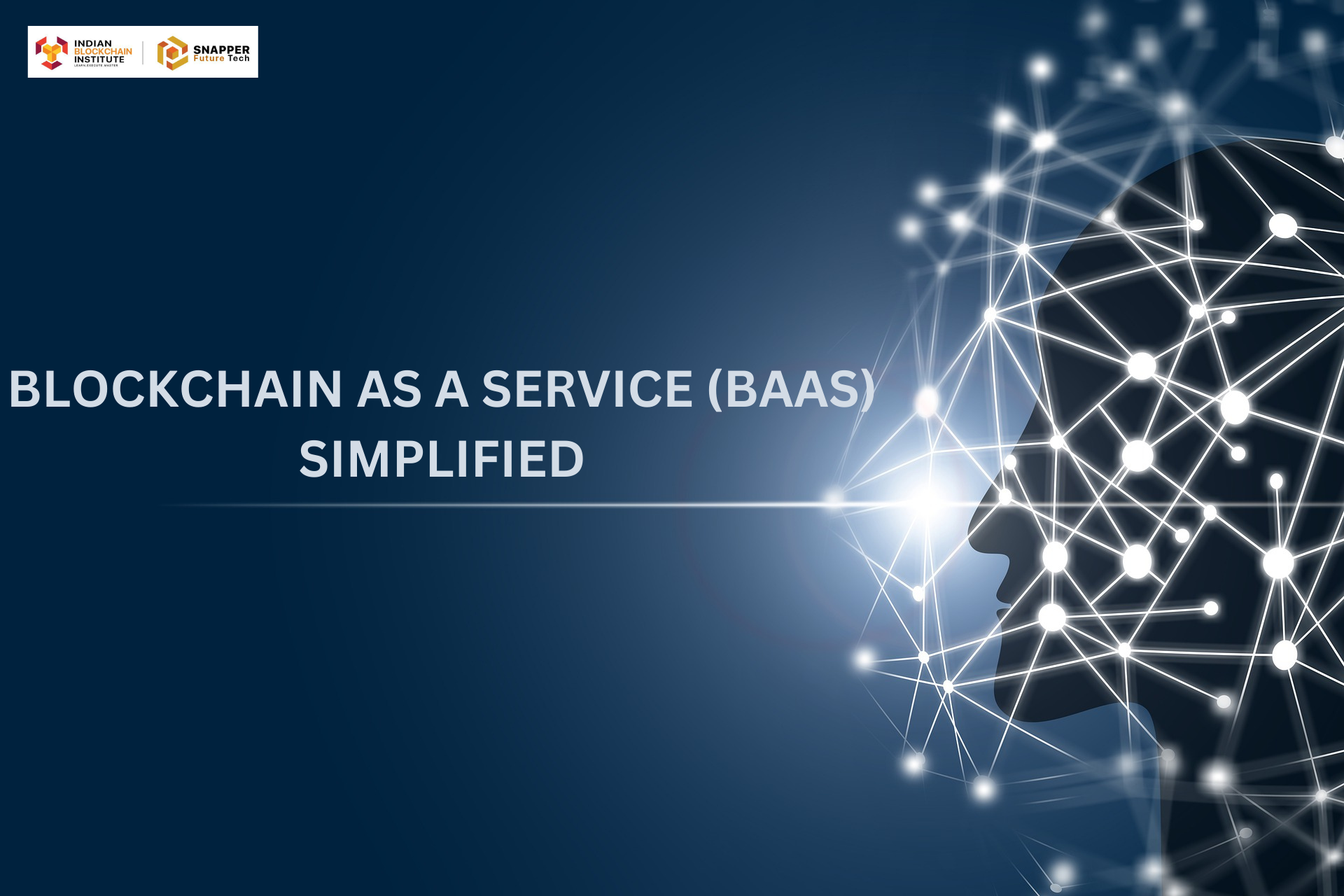
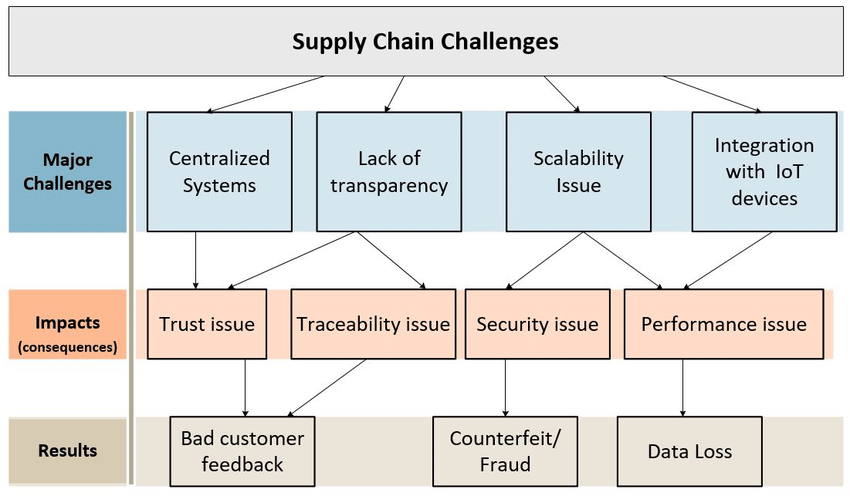
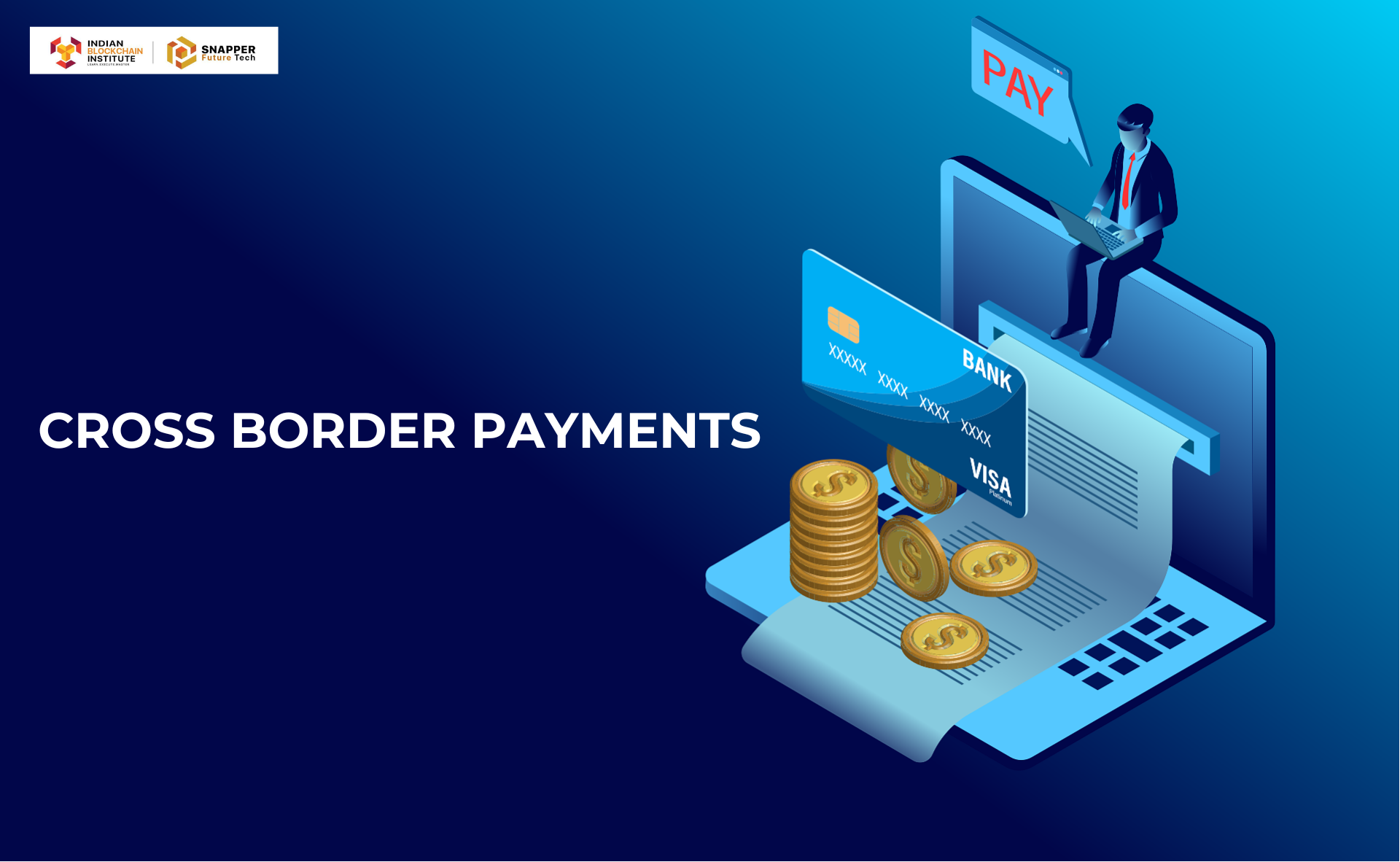
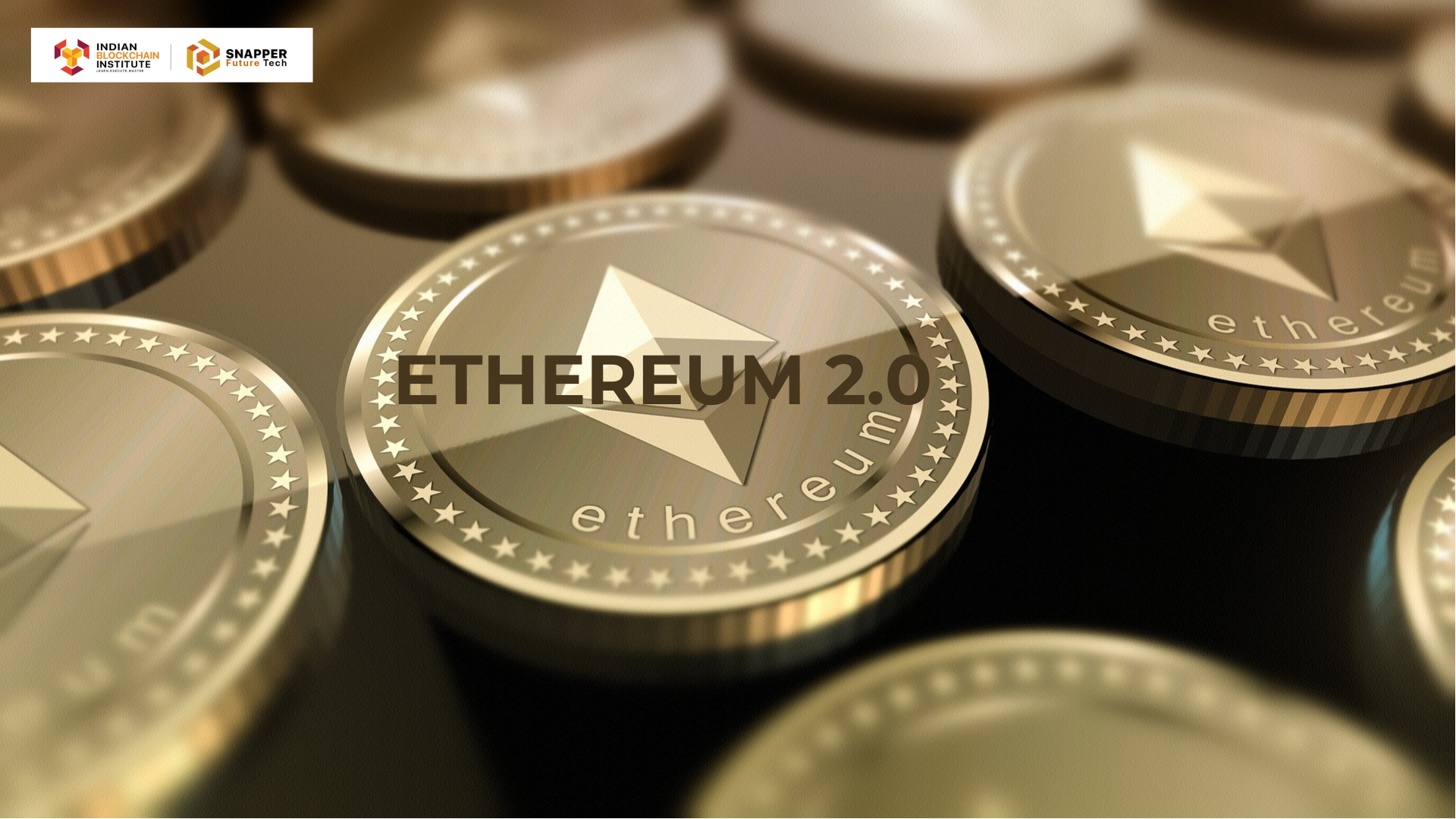
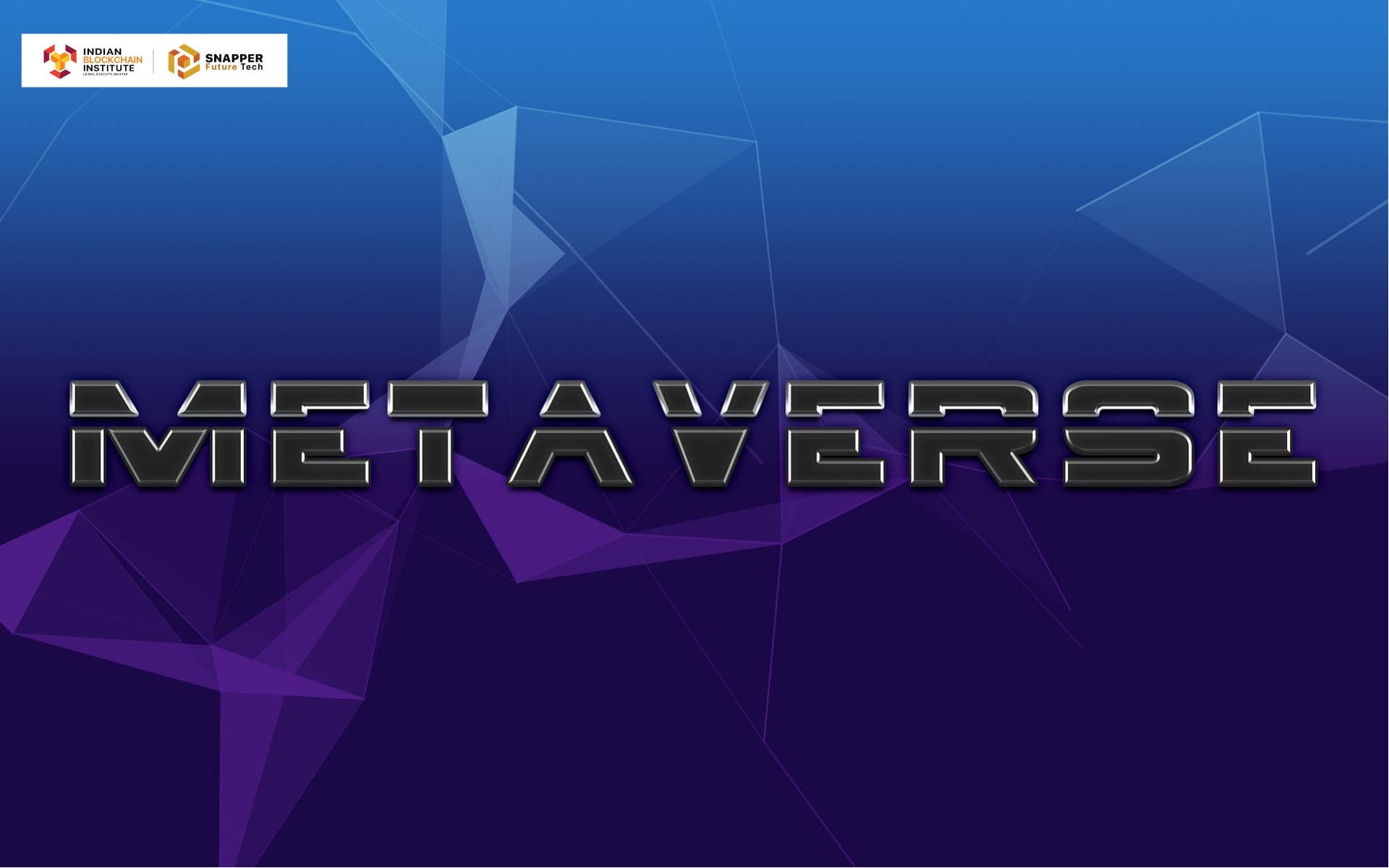
Leave a Reply